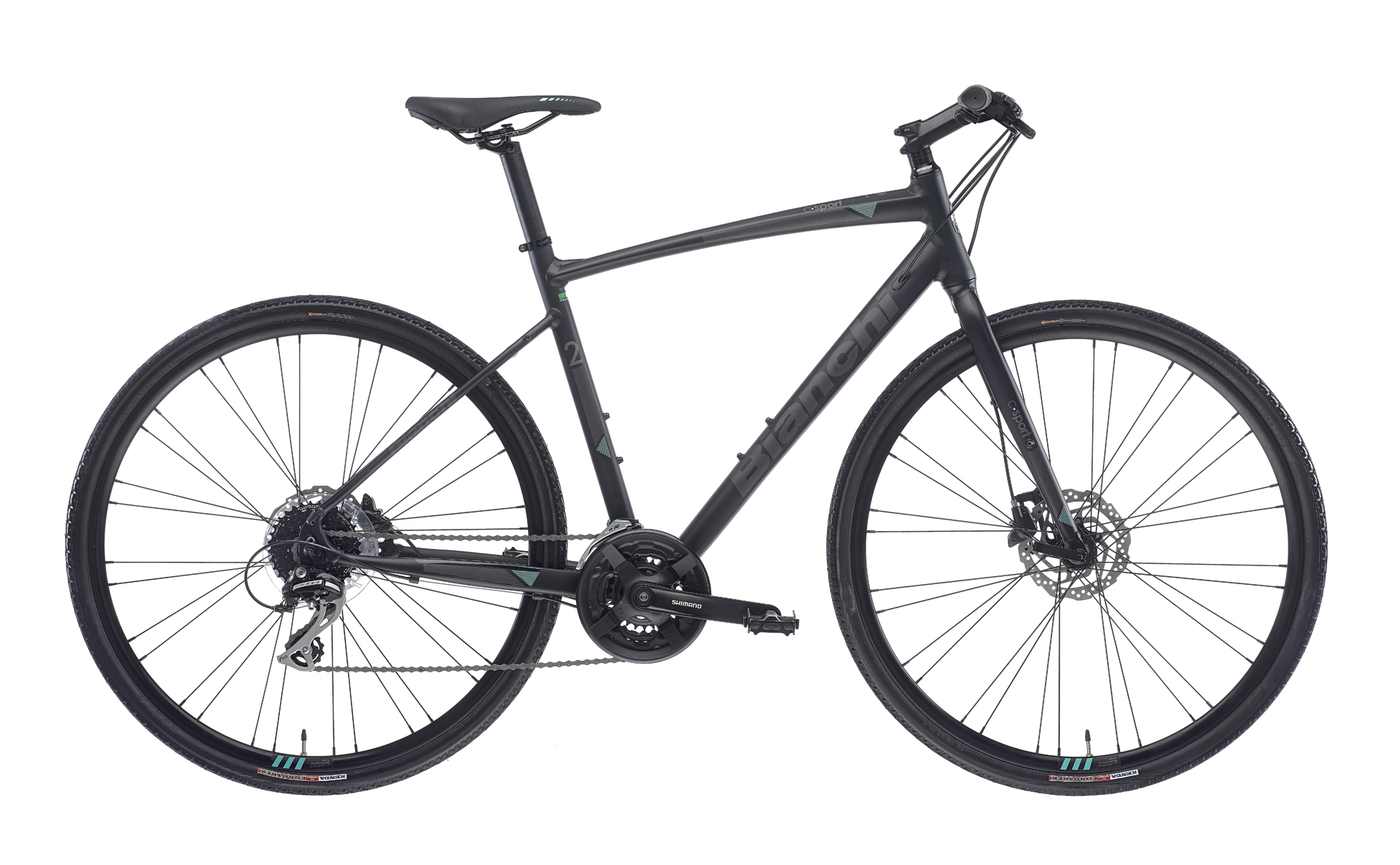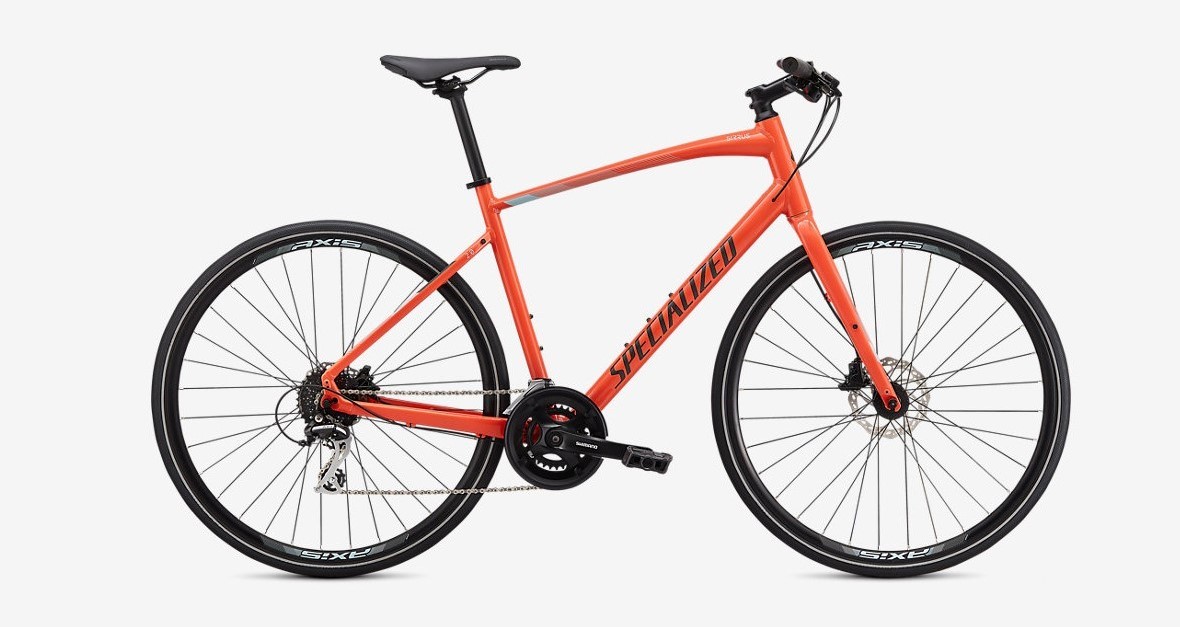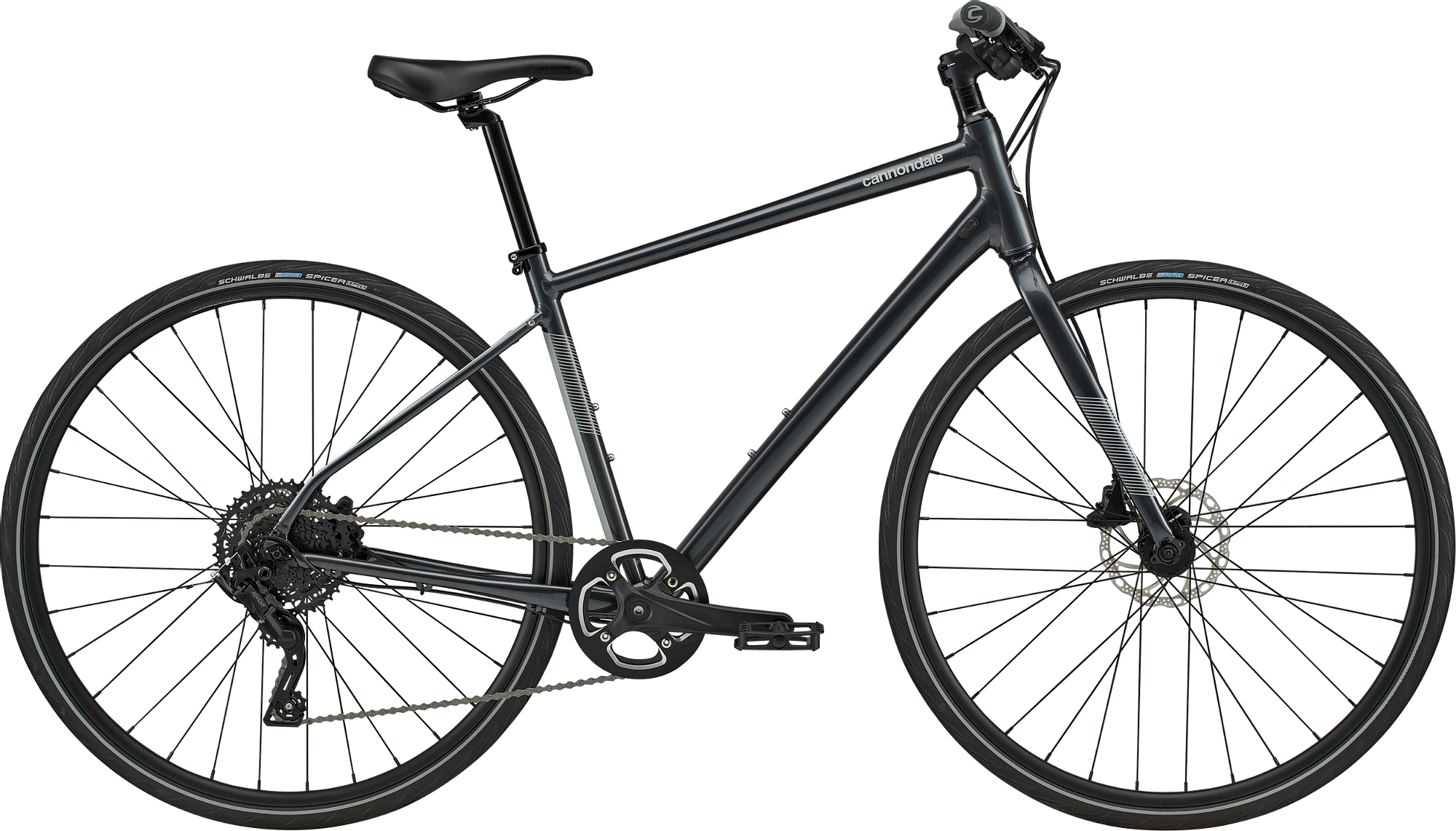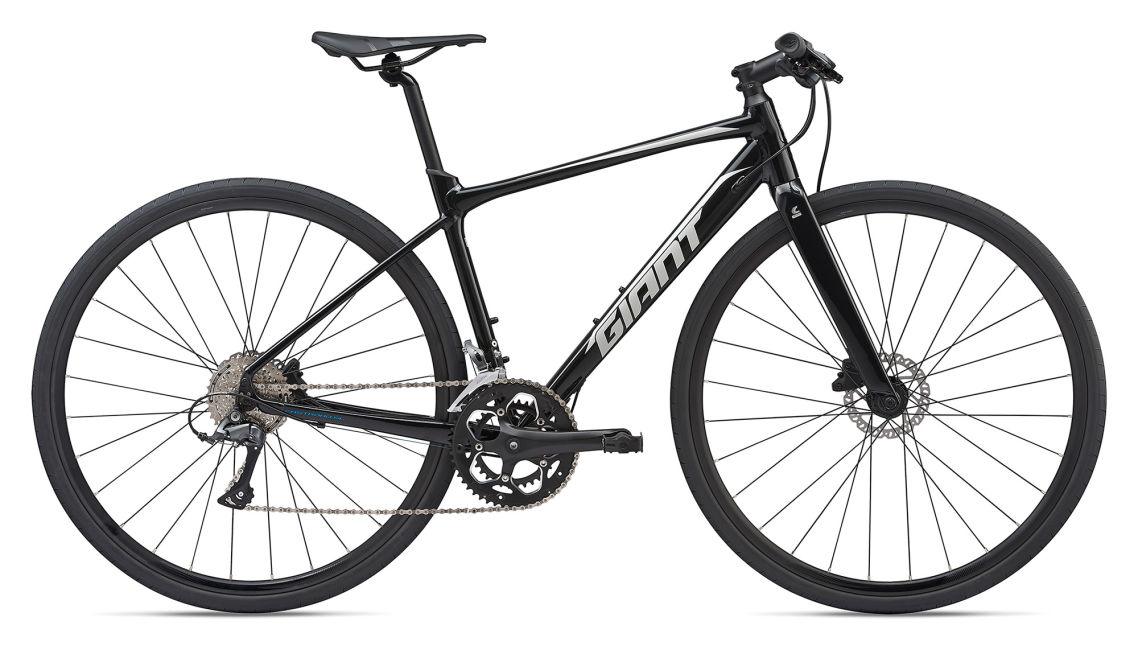The Urban Warrior’s Guide: Finding Your Perfect City Bike

The salesperson’s eyes light up as you walk into the bike shop. They see dollar signs. You see freedom – no more cramped subway rides, no more hunting for parking spots, no more being held hostage by bus schedules. But between that vision and reality lies a minefield of bad advice, overpriced bikes, and features you don’t actually need.
Here’s the uncomfortable truth: most people buy the wrong city bike. They either go too cheap and hate riding it, or spend too much on features that matter more in bike shop marketing than real-world commuting. I’ve watched friends spend $1,200 on gorgeous bikes that gather dust because they chose style over substance.
The perfect city bike isn’t about impressing other cyclists. It’s about creating a machine so reliable, comfortable, and practical that choosing to drive becomes the harder option.
The Urban Reality Check
City riding is warfare. Your bike will be locked to sketchy posts, rattled over pothole-cratered streets, and expected to perform flawlessly in rain, heat, and the kind of neglect that would horrify a road cyclist. Pretty doesn’t matter. Functional does.
The sweet spot for a serious city bike sits between $600-900. Below that, you’re buying frustration disguised as transportation. Above that, you’re paying for features that won’t survive urban reality. This isn’t about being frugal – it’s about being smart.
Speed matters, but not how you think. You don’t need to win races. You need to maintain 15-17 mph comfortably, blend with traffic flow, and arrive at work not drenched in sweat. Acceleration matters more than top speed – city riding is all about stop-and-go.
Maneuverability saves lives. In cities, being able to quickly swerve around an opening car door or navigate between a bus and curb isn’t just convenient – it’s survival.
My $650 Lesson (And Why Test Rides Save Dreams)
Two years ago, I fell in love with the idea of a Cannondale Quick 6. On paper, it was perfect – lightweight, fast, great brand reputation. I ordered it sight unseen, convinced I’d found my urban weapon.
The reality was crushing. When it arrived at my local shop, something felt fundamentally wrong. The geometry was uncomfortable, the shifting felt mushy, and the ride quality was harsh enough to rattle my teeth on normal city streets. My dream bike was a nightmare.
Lucky for me, my shop allowed exchanges. I walked around the store, actually test-riding alternatives instead of falling for spec sheets. The Trek FX2 felt completely different – smooth, responsive, confidence-inspiring. It wasn’t the bike I thought I wanted, but it was exactly the bike I needed.
The lesson: Never buy a bike you haven’t ridden. Ever. I don’t care how perfect it looks online or how many five-star reviews it has. Your body, your riding style, and your local terrain create a unique equation that no review can solve.
The Urban Elite: Five Bikes That Actually Deliver
After riding dozens of city bikes and talking to hundreds of commuters, these five consistently deliver what urban riders actually need:
| Rank | Brand | Model | Price |
|---|---|---|---|
| 1 | Trek | FX 2 | $650 |
| 2 | Bianchi | C sport 2 | $750 |
| 3 | Specialized | Sirrus 2.0 | $700 |
| 4 | Cannondale | Quick 4 | $800 |
| 5 | Giant | FastRoad SL3 | $780 |
1. Trek FX 2 - The Reliable Workhorse ($650)

Why it wins: This bike gets out of its own way. Comfortable geometry, predictable handling, and components that work day after day without drama. It’s not the flashiest option, but after 18 months and 3,000 miles, mine still rides like new.
The reality: Smooth enough for long rides, tough enough for daily abuse, simple enough that any bike shop can service it. This is transportation that happens to be fun.
2. Bianchi C-Sport 2 - Italian Style Meets Urban Function ($750)

Why it works: Bianchi’s legendary ride quality in a practical package. Slightly more aggressive geometry than the Trek, perfect for riders who want efficiency without racing-bike compromises.
The catch: Higher maintenance requirements and fewer shops carry Bianchi parts. Factor this into your decision.
3. Specialized Sirrus 2.0 - The Comfort Champion ($700)

The appeal: Specialized’s focus on rider comfort shows. Great for longer commutes or riders dealing with back/neck issues. Wide range of sizes available.
Performance trade-off: Slightly heavier and less responsive than the Trek or Bianchi, but noticeably more comfortable over rough roads.
4. Cannondale Quick 4 - The Performance Option ($800)

The attraction: Lighter and faster than the others. If your commute includes hills or you want a bike that doubles as weekend recreation, this delivers.
The reality check: More expensive, and that lightweight construction means higher maintenance costs. Great bike, but know what you’re signing up for.
5. Giant FastRoad SL3 - The Value Surprise ($780)

The surprise: Giant’s manufacturing scale creates serious value. You get features and components that cost more on other brands.
The consideration: Less prestigious brand name, but the bike performs beautifully. If you care more about riding than bragging, this deserves serious consideration.
The Decision Matrix
Choose the Trek if: You want reliable, comfortable transportation that works every day without fuss.
Choose the Bianchi if: You value ride quality and style, and don’t mind slightly higher maintenance.
Choose the Specialized if: Comfort is your top priority, especially for longer commutes.
Choose the Cannondale if: You want performance and don’t mind paying for it.
Choose the Giant if: You want maximum value and features for your dollar.